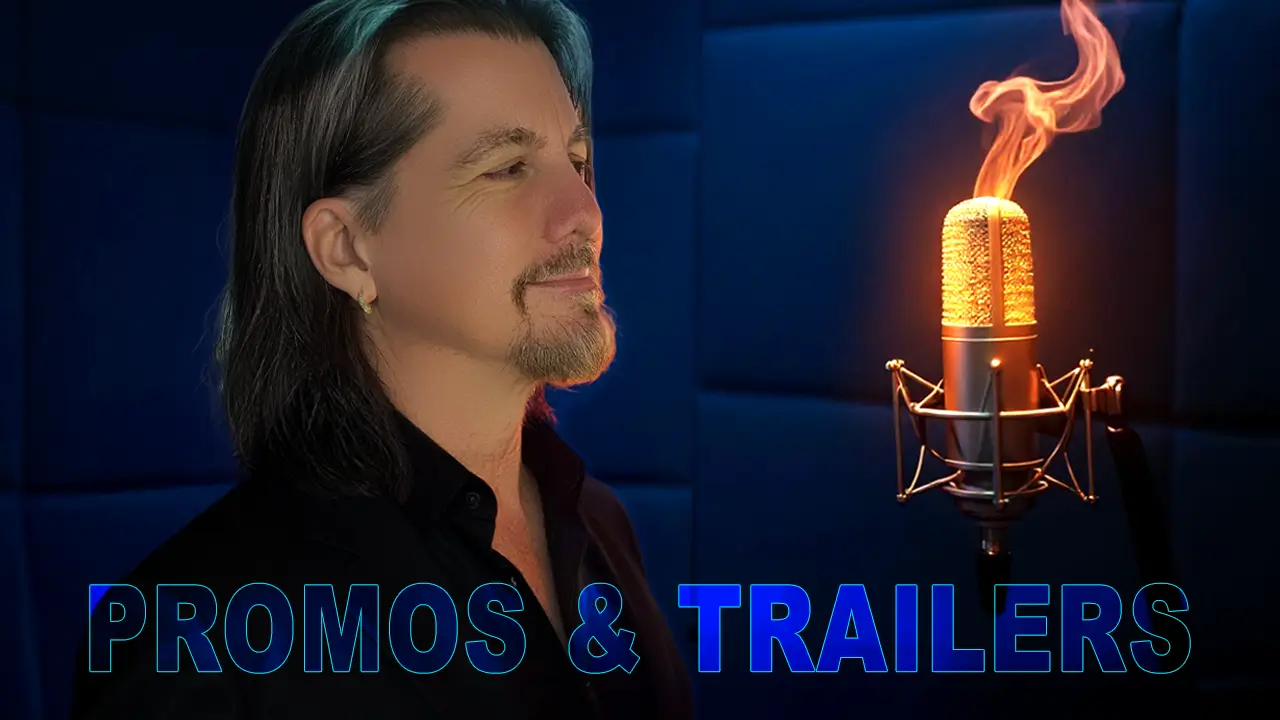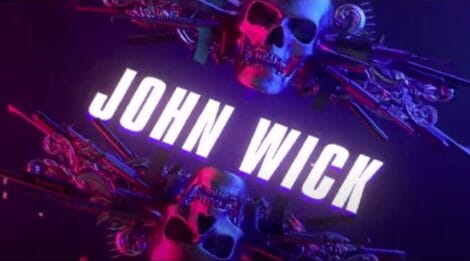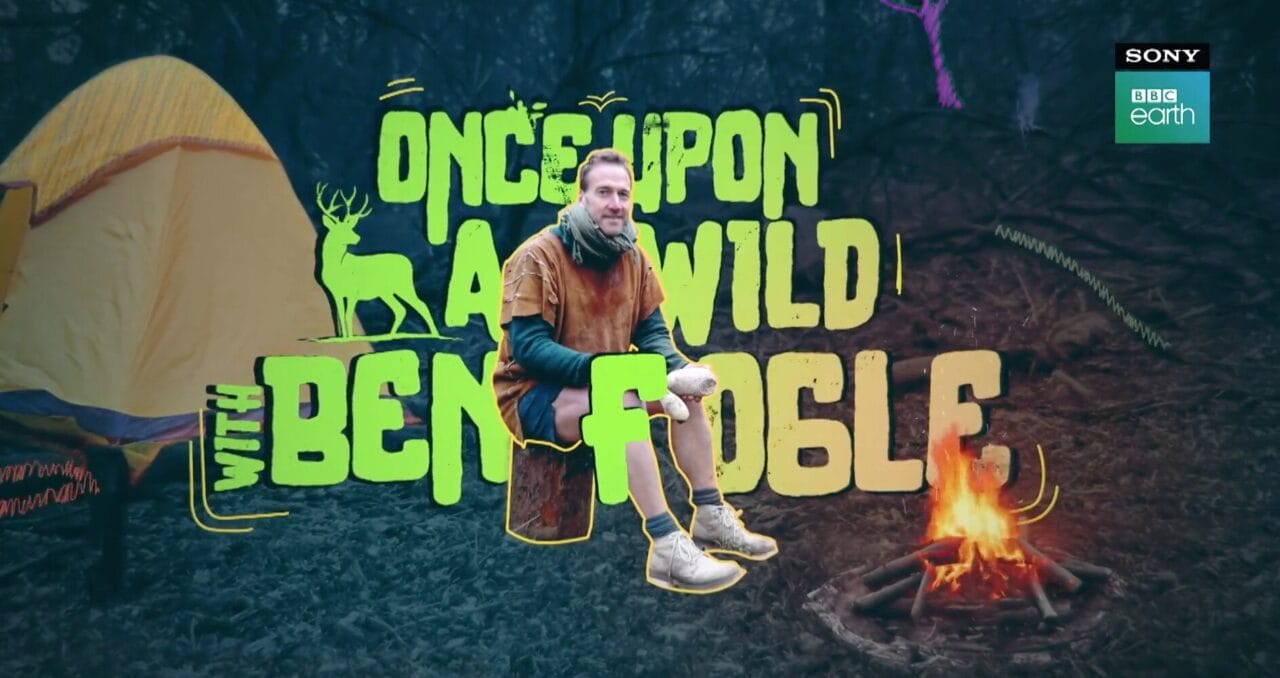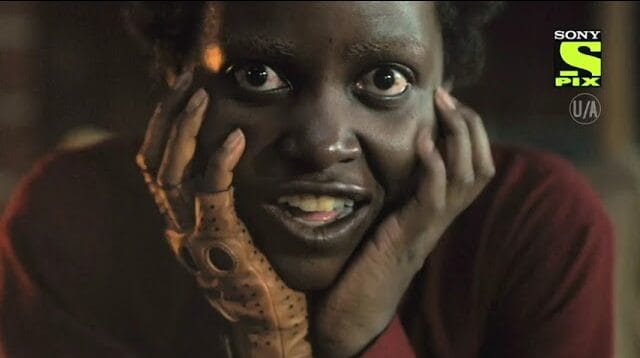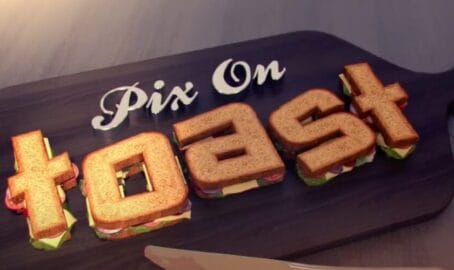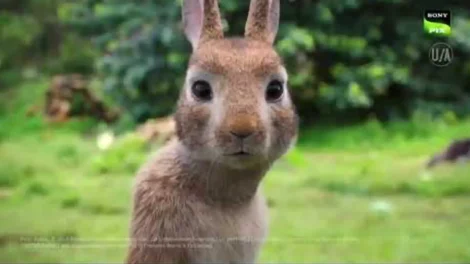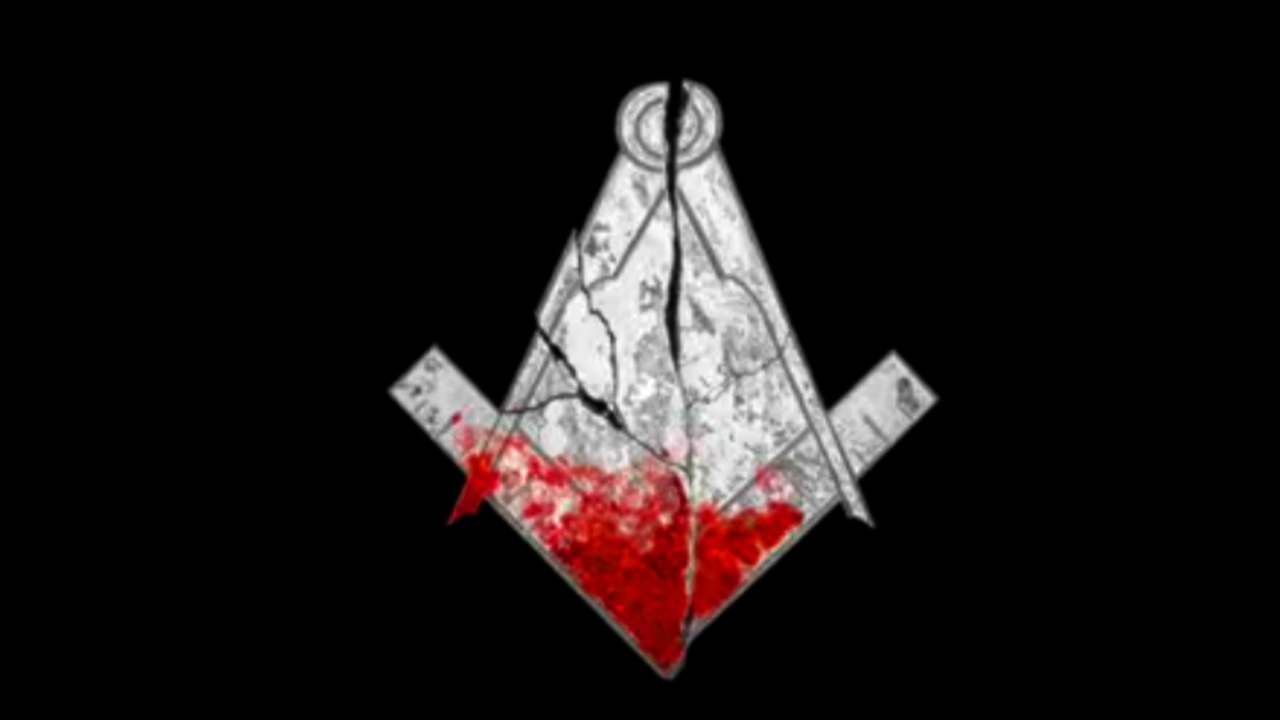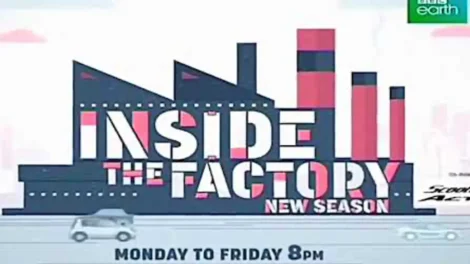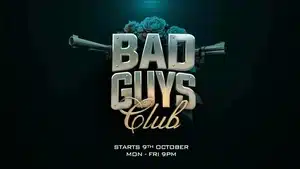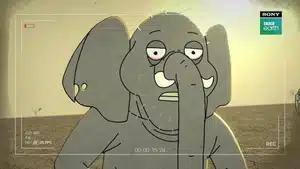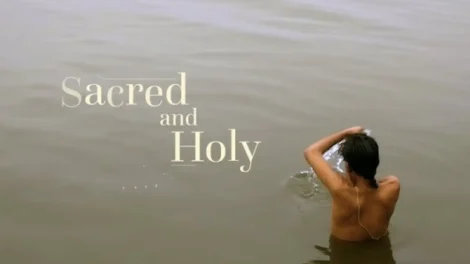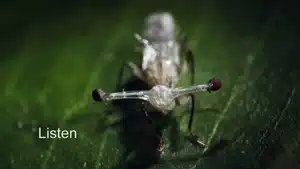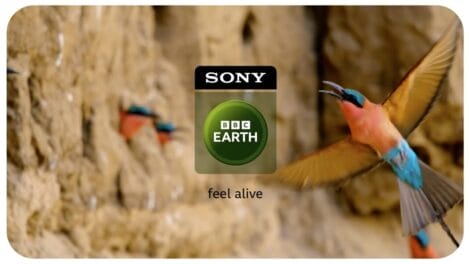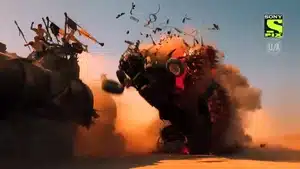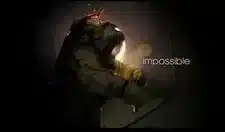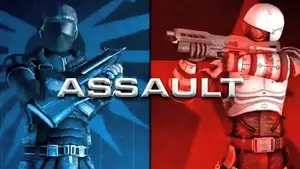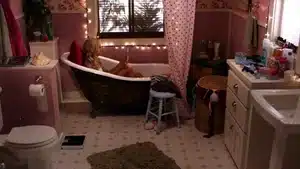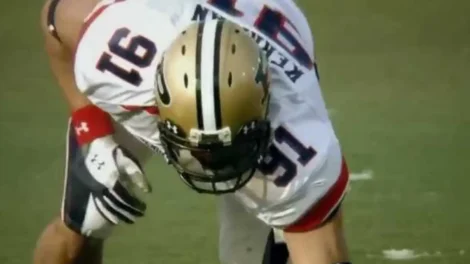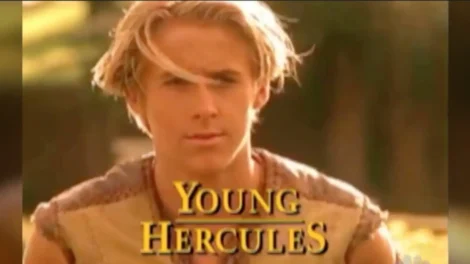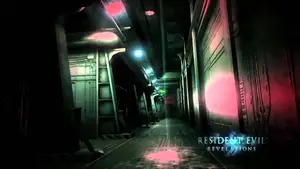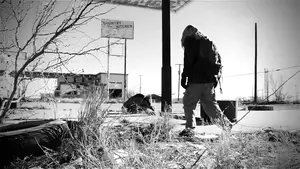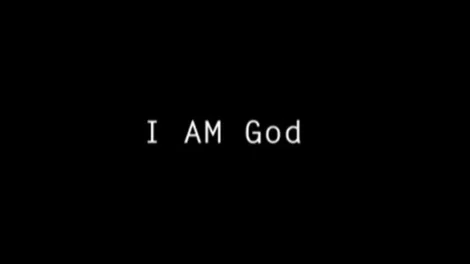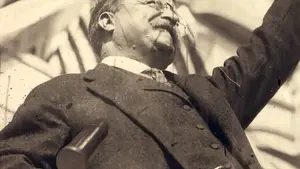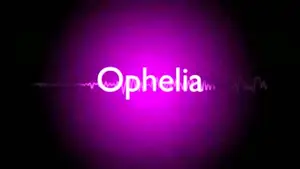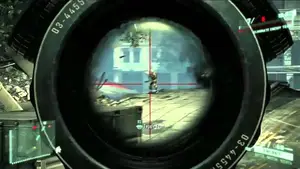Introduction
The world of voiceover is diverse and dynamic, playing a crucial role in creating memorable auditory experiences. Among the most exciting aspects of voiceover work are DJ drops and radio imaging. These elements not only help to brand DJs and radio stations but also engage audiences in unique ways. In this post, we’ll explore the differences between DJ drops and radio imaging, the voiceover techniques involved, and highlight some well-known voice actors in these fields.
Understanding DJ Drops
Definition and Purpose
DJ drops are short voiceover segments used by DJs to identify themselves, brand their shows, and add personality to their sets. They are typically used during transitions between tracks, introductions, or to create a distinctive auditory brand for the DJ. For example, a DJ drop might include the DJ’s name, a catchphrase, and some sound effects.
Voiceover Characteristics
The voiceover techniques used in DJ drops often include energetic delivery, emphasis on the DJ’s name, and the use of catchphrases. The tone is typically upbeat and engaging to capture the audience’s attention quickly. According to Radio.co, a good DJ drop should be short, memorable, and fit the DJ’s style.
Examples
Here are some typical examples of DJ drops:
- “You’re in the mix with DJ Awesome!”
- “Non-stop beats with DJ Supreme!”
- “DJ Fresh, bringing you the hottest tracks all night long!”
Understanding Radio Imaging
Definition and Purpose
Radio imaging refers to the audio elements used by radio stations to create a distinct auditory brand and identity. These elements help to differentiate the station, maintain a consistent sound, and engage listeners. Radio imaging includes a variety of components such as station IDs, jingles, sweepers, promos, and bumpers.
Voiceover Characteristics
The voiceover techniques unique to radio imaging include clear articulation, consistency in style, and the use of station slogans. The tone can vary depending on the station’s brand, but it often aims to be professional and polished. According to Crystal Clear Studio, radio imaging helps build listener loyalty and enhances the listening experience.
Examples
Examples of radio imaging elements include:
- “This is 99.5 FM, your home for classic hits.”
- “Stay tuned to Radio Beats 101 for the best in new music.”
- “You’re listening to The Rock, 24/7 rock and roll!”
Key Differences in Voiceover Work
Tone and Style
The tone and style required for DJ drops and radio imaging differ significantly. DJ drops often have an energetic and engaging tone, designed to hype up the audience and make the DJ’s presence known. In contrast, radio imaging aims for a consistent and professional tone that aligns with the station’s brand and appeals to a broader audience.
Audience Engagement
DJ drops engage the audience by creating a sense of excitement and personal connection with the DJ. They are used to punctuate the DJ’s set and keep the energy high. Radio imaging, on the other hand, engages listeners by creating a cohesive and recognizable brand for the station, ensuring a smooth and enjoyable listening experience.
Technical Requirements
There are also technical differences in production and delivery. DJ drops may include a variety of sound effects and music beds to match the dynamic nature of DJ sets, while radio imaging focuses on clarity and consistency, often using professional-grade recording equipment and software to achieve a polished sound.
Versatility in Voice Acting
Adapting Skills
Voice actors with experience in commercial promos, narration, and other areas can easily adapt to creating DJ drops and radio imaging. The fundamental skills of voice control, clear articulation, and expressive delivery are transferable across different types of voiceover work. According to Voices.com, many voice actors successfully transition into these roles by leveraging their existing skills and gaining an understanding of the specific requirements of DJ drops and radio imaging.
D.C. Douglas
One such versatile voice actor is D.C. Douglas, who has been well-known in the voice acting industry for the last 30 years. D.C. Douglas‘s extensive career spans video games, television, film, and theme park attractions, showcasing his adaptability and wide-ranging talent. His diverse experience allows him to excel in creating both DJ drops and radio imaging, bringing a unique flair to each project. To hear examples of D.C. Douglas‘s work, use the video player below.
Examples of DJ Drops and Radio Imaging Scripts
DJ Drops Scripts
- “You’re in the mix with DJ Awesome!”
- “Non-stop beats with DJ Supreme!”
- “DJ Fresh, bringing you the hottest tracks all night long!”
Radio Imaging Scripts
- “This is 99.5 FM, your home for classic hits.”
- “Stay tuned to Radio Beats 101 for the best in new music.”
- “You’re listening to The Rock, 24/7 rock and roll!”
Notable Voice Actors in DJ Drops and Radio Imaging
DJ Drops
Many voice actors specialize in creating DJ drops, bringing unique styles and techniques to the table. Some well-known names in this area include Voices.com talents who have worked with top DJs and radio stations.
Radio Imaging
In the realm of radio imaging, voice actors such as Crystal Clear Studio talents are renowned for their contributions to major radio stations. Their work helps define the station’s sound and brand, making them integral to the station’s success.
Tips for Aspiring Voice Actors
Skills to Develop
Aspiring voice actors should focus on developing skills such as clear articulation, expressive delivery, and versatility. These skills are essential for success in both DJ drops and radio imaging voiceover work.
Training and Practice
Training programs, workshops, and regular practice can help voice actors refine their skills and gain confidence. Resources like Voices.com offer valuable insights and tips for aspiring voice actors.
Finding Work
Networking and using online platforms are key to finding opportunities in DJ drops and radio imaging. Websites like Voices.com provide a platform for voice actors to showcase their work and connect with potential clients.
AND SO…
In the end, DJ drops and radio imaging are vital components of voiceover work that create memorable and engaging auditory experiences. While there are distinct differences between the two, versatile voice actors can adapt their skills to excel in both areas. By exploring these fields further, aspiring voice actors can find new opportunities and enhance their careers. Whether you’re an aspiring voice actor or simply interested in the field, the world of DJ drops and radio imaging offers exciting possibilities.


